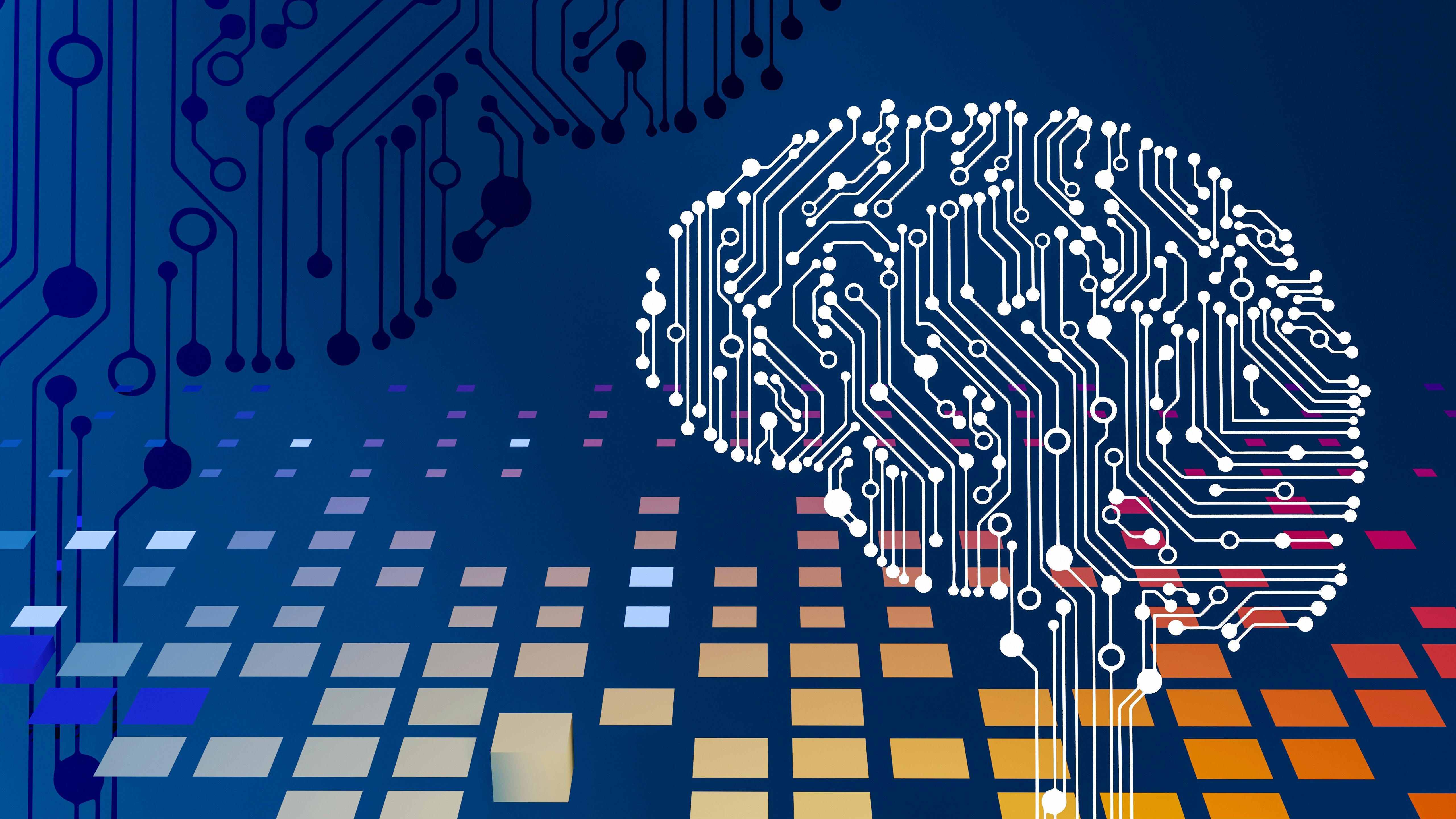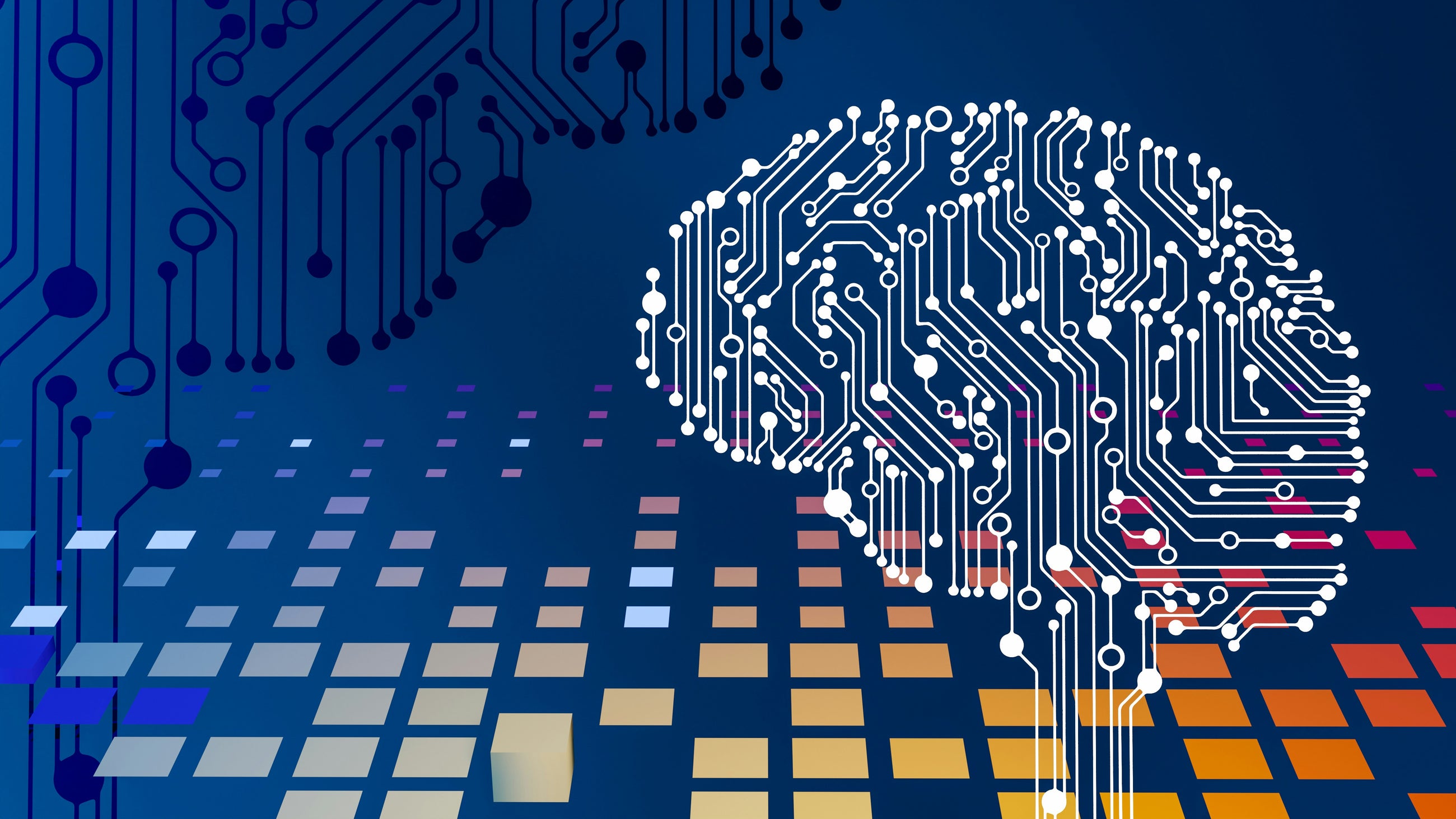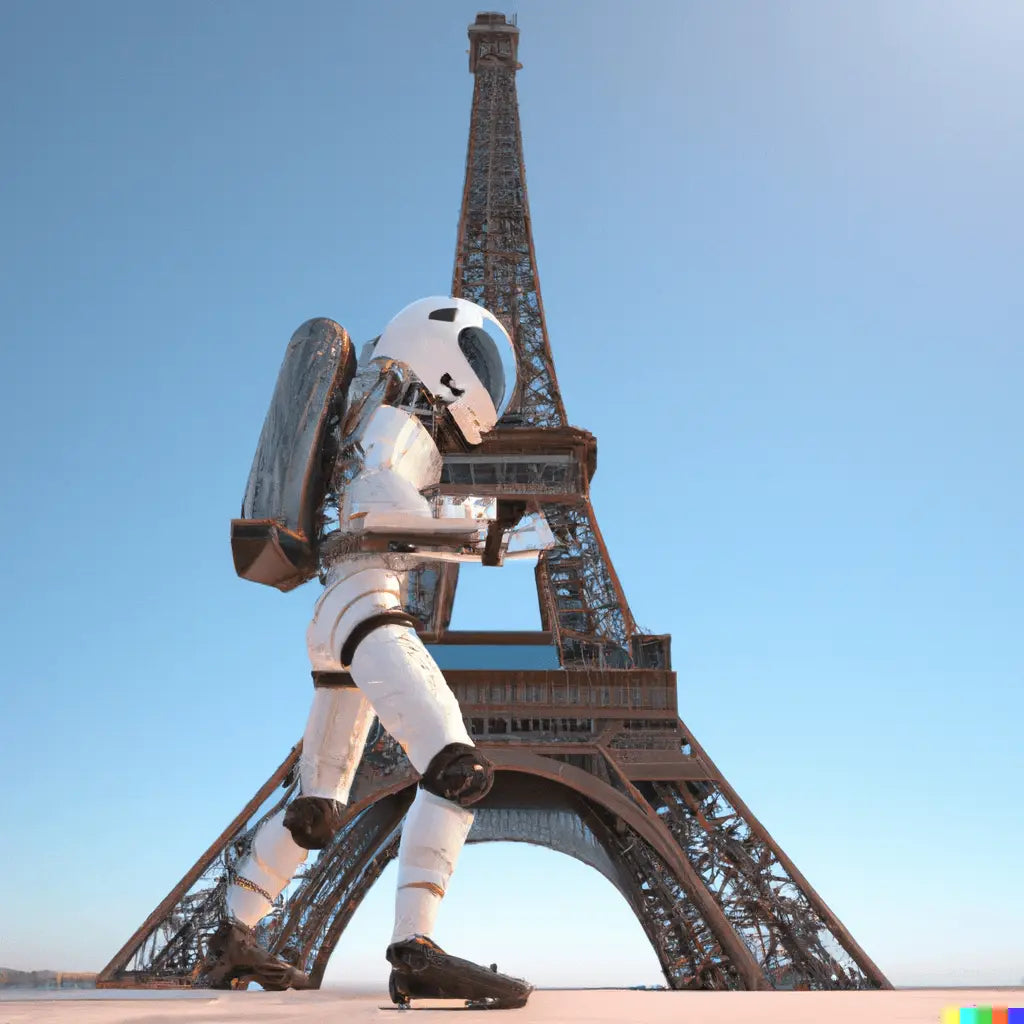
Will ChatGPT end jobs?

ChatGPT: What is it and how powerful will it be in 2023?
AI has been growing rapidly due to advances in technology, data availability, and increased investment and interest. These factors have led to significant improvements in machine learning algorithms, increased computational power, and the ability to process large amounts of data, making it possible for AI systems to tackle more complex tasks and achieve better results. The growing demand for automation and the desire to gain insights from data have driven the widespread adoption of AI across industries. ChatGPT is an important part of this entire ecosystem. Have you heard about it too in the past few weeks and want to know what it is? Here’s all you need to know about this disruptive technology!
History of AI’s development
Early Development
The early development of AI can be traced back to the 1950s, when a group of researchers gathered at Dartmouth College to discuss the possibility of building "thinking machines." This marked the birth of AI as a scientific discipline. In the decades that followed, AI researchers made significant progress in developing new algorithms and theories, as well as in building increasingly sophisticated AI systems.
During the 1960s and 1970s, AI research focused on developing rule-based systems, known as expert systems, which were designed to solve specific problems in domains such as medicine and engineering. In the 1980s and 1990s, the focus shifted to machine learning, with the development of decision trees, neural networks, and other algorithms that could learn from data.
The advent of the internet and the availability of large amounts of data, along with advances in computer hardware and software, have enabled the rapid growth of AI in recent years. The development of deep learning, a type of machine learning that uses artificial neural networks with many layers, has further propelled the field forward and led to significant breakthroughs in areas such as image and speech recognition in early 2010s.
Recent Advances
These advances and developments are driving the widespread adoption of AI across a variety of industries and applications, leading to new opportunities and challenges for researchers and practitioners alike.
Advancements in deep learning, leading to significant improvements in computer vision, natural language processing, and speech recognition.
The development of Generative Adversarial Networks (GANs), which can generate realistic images, videos, and audio.
The use of reinforcement learning in robotics, enabling robots to learn through trial and error and perform tasks in real-world environments.
The application of AI in personalized medicine, such as the use of AI to diagnose diseases and predict treatment outcomes.
The use of AI in autonomous vehicles, such as self-driving cars, which are capable of navigating roads and making decisions based on their surroundings.
The development of Explainable AI (XAI), which aims to make AI models more transparent and interpretable, improving trust and accountability.
The integration of AI with the Internet of Things (IoT), enabling the creation of smart cities and homes, and the optimization of industrial processes.
When did work on ChatGPT begin?
OpenAI began working on the development of the ChatGPT language model in 2018. The model was released as part of OpenAI's GPT-3 platform, which is one of the largest language models ever created. The success of ChatGPT and the GPT-3 platform has sparked increased interest and investment in the development of AI-powered language models, and it is now widely used for a variety of applications, including chatbots, content generation, and customer service.
How did OpenAI develop ChatGPT over the years?
OpenAI developed ChatGPT using deep learning techniques, specifically, a type of machine learning called transformer-based neural networks. The model was trained on a massive corpus of text data, including books, articles, and websites, to learn the patterns and relationships between words and phrases.
To train the model, OpenAI used a technique called unsupervised learning, where the model was exposed to vast amounts of text data and then fine-tuned through a process of trial and error to generate human-like responses. The model was then further optimized using supervised learning, where it was trained on a smaller, more curated set of text data that was labeled with the correct outputs.
Once trained, ChatGPT can generate human-like responses to natural language inputs, such as questions, by predicting the most likely next word in a given context. The model uses a combination of context and statistical analysis to generate its responses, allowing it to generate responses that are relevant and informative.
The development of ChatGPT required significant computational resources and expertise in deep learning and machine learning, making it one of the most advanced language models currently available.
Application cases of ChatGPT’s power and how you can use it
The ability of the model to understand and respond to natural language inputs, combined with its vast knowledge base and ability to generate human-like responses, make it a valuable tool for a wide range of industries and applications. These are just a few of the many possible applications of ChatGPT's power.
Chatbots:
ChatGPT can be used to build conversational chatbots that can understand and respond to customer inquiries in natural language. It can be used to understand and interpret natural language inputs from users, such as questions, commands, and statements, allowing it to provide human-like responses to customer inquiries. Not just that, ChatGPT can track the context of a conversation and generate responses that are relevant and appropriate to the current topic. The app can be trained on specific data sets to provide personalized responses to customers, based on their previous interactions and personal information. ChatGPT-powered chatbots can provide 24/7 customer service, allowing companies to respond to customer inquiries at any time, without the need for human operators.
Question answering:
ChatGPT can be used to answer questions in natural language, drawing upon its vast knowledge base to provide accurate and relevant answers. It has access to vast amounts of text data, including books, articles, and websites, allowing it to provide accurate and relevant answers to a wide range of questions.
Language translation:
ChatGPT can be used to translate text from one language to another, making it useful for global communication and cross-cultural collaboration.
Sentiment analysis:
ChatGPT can be used to analyze the sentiment of text data, such as customer reviews and social media posts, to gain insights into customer opinions and preferences. By using ChatGPT for sentiment analysis, companies can gain valuable insights into customer opinions and preferences, helping them to make informed decisions and improve their products, services, and customer experience.
Text Classification: ChatGPT can be trained to classify text data as positive, negative, or neutral, based on the sentiment expressed in the text.
Fine-Grained Sentiment Analysis: ChatGPT can be trained to perform fine-grained sentiment analysis, such as identifying specific emotions, such as anger, joy, or sadness, expressed in the text.
Sentiment Summarization: ChatGPT can be used to summarize the overall sentiment expressed in large amounts of text data, such as customer reviews or social media posts, providing a quick and accurate snapshot of customer opinions.
Contextual Sentiment Analysis: ChatGPT can take into account the context of the text and the relationship between words and phrases to generate a more accurate and nuanced analysis of the sentiment expressed in the text.
Customer service:
ChatGPT can be integrated with customer service systems to provide instant, accurate, and personalized responses to customer inquiries, improving the customer experience and reducing response times.
How can you use OpenAI’s DALL-E?
By using the power of DALL-E, you can unleash your creativity and generate new and unique images, designs, and concepts, limited only by their imagination. DALL-E, the creative image generation model developed by OpenAI, can be used in several ways, including:
Design and Concept Generation:
People can use DALL-E to generate new designs and concepts for products, spaces, and more, based on natural language descriptions or visual cues. To use DALL-E for design and concept generation, you would need to provide a natural language description of the design you have in mind, or a set of visual cues. DALL-E uses this input to generate an image that embodies your desired design. By using DALL-E for design and concept generation, you can quickly generate new and unique images, designs, and concepts, and explore new ideas and styles, helping you to push the boundaries of traditional design and bring your creative visions to life. Here are the steps you could follow:
Input a description or visual cues: Provide a detailed description of the design you want to generate, or a set of visual cues. This could be a detailed description of the object or space you want to create, or a combination of images and text that represent the style, colors, and other elements you want to include in the final design.
Use a DALL-E API: Access a DALL-E API, such as OpenAI's API, to generate the image. You can typically access these APIs through a web interface, or by making an API call using a programming language such as Python or JavaScript.
Review and Refine the Image: Review the generated image and make any necessary refinements. You can provide additional feedback to the API, or make manual adjustments to the image as needed.
Use the Image: Once you're satisfied with the generated image, you can use it as is, or export it for use in other applications, such as graphic design software, 3D modeling software, or virtual reality applications.
Creative Inspiration:
People can use DALL-E to explore new ideas and styles, and find inspiration for their own creative projects. You can use DALL-E for creative inspiration by generating a variety of images based on natural language descriptions or visual cues, and then exploring and refining these images to find new ideas and styles. Here are the steps:
Input Descriptions or Visual Cues: Provide a range of natural language descriptions or visual cues to DALL-E, describing the types of images you want to generate.
Use a DALL-E API: Access a DALL-E API, such as OpenAI's API, to generate the images.
Explore the Images: Review the generated images and explore them to find new ideas and styles that inspire you. You can save the images you like, and make notes on the elements that caught your eye.
Refine the Images: Refine the images that you find inspiring by providing additional feedback to the DALL-E API, or making manual adjustments to the images as needed.
Use the Images for inspiration: Use the refined images as inspiration for your own creative projects. You can use the images as a starting point for new designs, or as a reference to help guide your own creative process.
By using DALL-E for creative inspiration, you can quickly generate a range of new and unique images, and find new ideas and styles to explore. This can help you to push the boundaries of traditional design, and find new and creative ways to express your ideas.
Product Visualization:
Companies can use DALL-E to generate photorealistic visualizations of their products, allowing them to preview new designs and test customer reactions before committing to a full production run.
Web designing and programming
ChatGPT can be used in the coding of a web page in the following ways. By using ChatGPT like this, you can speed up and simplify the process of coding web pages, improve the quality of your code, and enhance the user experience of your web pages.
Text Completion and Generation: You can use ChatGPT to generate code snippets, complete partially written code, or suggest alternative solutions to coding problems.
Documentation: You can use ChatGPT to generate API documentation, code comments, and other types of technical writing.
Chatbot Integration: You can use ChatGPT to build a chatbot that provides coding assistance and guidance. For example, a chatbot could help users troubleshoot coding problems, provide explanations of programming concepts, and assist with coding exercises.
Code Review and Debugging: You can use ChatGPT to review and debug code by generating suggestions for code improvements and identifying potential errors or bugs.
Data Analysis and Visualization: You can use ChatGPT to perform data analysis and generate visualizations for your web pages.
Commerce and Trade:
ChatGPT can help you gain a competitive edge in trading, make more informed investment decisions, and potentially generate higher returns on your investments. ChatGPT can be used in trading in the following ways:
Market Analysis: You can use ChatGPT to analyze market data and generate insights on market trends, asset prices, and economic indicators.
News Analysis: You can use ChatGPT to analyze news articles and social media posts related to financial markets and generate insights on how they may impact asset prices.
Portfolio Optimization: You can use ChatGPT to generate optimized portfolios of assets based on investment goals, risk tolerance, and market conditions.
Algorithmic Trading: You can use ChatGPT to develop and execute algorithmic trading strategies based on market data, news analysis, and other factors.
Risk Management: You can use ChatGPT to generate and implement risk management strategies that help mitigate the potential for losses in trading.
By using ChatGPT in these ways, you can streamline the video creation process, improve the quality of your videos, and make the most of your time and resources. ChatGPT can be used in creating videos in the following ways:
Script Generation: You can use ChatGPT to generate scripts for videos, including scripts for commercials, promotional videos, explainer videos, and more.
Voice Over Script Generation: You can use ChatGPT to generate voice over scripts for videos, including scripts for product demonstrations, animated videos, and more.
Video Editing Assistance: You can use ChatGPT to assist with video editing tasks, including generating suggestions for shot transitions, video effects, and sound effects.
Storyboarding: You can use ChatGPT to generate storyboards for videos, including storyboards for commercials, promotional videos, explainer videos, and more.
Video Captioning: You can use ChatGPT to generate captions for videos, including captions for YouTube videos, Vimeo videos, and other types of online videos.
Virtual Reality and Gaming:
DALL-E can be used to generate new and unique virtual environments, characters, and objects for gaming, virtual reality, and augmented reality applications. You can use DALL-E for virtual reality (VR) and gaming by generating new and unique images and designs, and then incorporating these into your VR and gaming experiences. By using DALL-E for VR and gaming, you can quickly generate new and unique images and designs that can be used to enhance and enrich your VR and gaming experiences. This can help you to create more immersive and engaging VR and gaming environments, and bring your creative visions to life. Here are the steps you might want to follow:
Review and Refine the Images: Provide DALL-E with natural language descriptions or visual cues that describe the type of images you want to generate for your VR or gaming experience. Review the generated images and make any necessary refinements. You can provide additional feedback to the API, or make manual adjustments to the images as needed.
Integrate the Images into your VR or Gaming Experience: Once you're satisfied with the generated images, you can integrate them into your VR or gaming experience by exporting the images for use in VR or gaming engines, or by incorporating them into your VR or gaming environment directly.
Use the Images in your VR or Gaming Experience: Use the generated images to create new and unique VR or gaming experiences, and explore new ideas and styles. You can use the images to generate new environments, characters, objects, and other elements that add depth and variety to your VR or gaming experience.
Art and Animation:
Artists and animators can use DALL-E to generate new visual styles and concepts, pushing the boundaries of traditional art and animation. DALL-E can create art and animation by using its natural language processing capabilities to generate images based on text descriptions. For example, a user could type in "a dancing bear wearing a red hat" and DALL-E would render an image of the requested item. Additionally, DALL-E can be used to create animations by combining several related images into a single video clip. You can use DALL-E for art and animation by generating new and unique images and designs, and then incorporating these into your art and animation projects. Here are the steps you could follow:
Review and Refine the Images: Provide DALL-E with descriptions or visual cues that describe the type of images you want to generate for your art or animation projects. Then review the generated images and make any necessary refinements. You can provide additional feedback to the API, or make manual adjustments to the images as needed.
Incorporate the Images into your Art or Animation Project: Once you're satisfied with the generated images, you can incorporate them into your art or animation project. You can use the images as a starting point for new artwork, or as a reference to help guide your creative process.
Use the Images in your Art or Animation Project: Use the generated images to create new and unique art or animation projects. You can use the images to generate new environments, characters, objects, and other elements that add depth and variety to your art or animation projects.
By using DALL-E for art and animation, you can quickly generate new and unique images and designs that can be used to enhance and enrich your art and animation projects. This can help you to create more imaginative and engaging art and animation projects, and bring your creative visions to life.
How to use ChatGPT for YouTube videos?
By following these steps, you can create high-quality YouTube videos with the help of ChatGPT, without the need for extensive knowledge of video production techniques.
Determine the Topic: Decide on the topic you want to create a video about and the type of video you want to make (e.g. promotional video, explainer video, etc.).
Generate Script:
Use ChatGPT to generate a script for your video. Provide ChatGPT with information about the topic, target audience, and the type of video you want to create, and ChatGPT will generate a script for you.
Record Video:
Use a camera or screen recording software to record the video based on the script generated by ChatGPT.
Edit Video:
Use video editing software to edit the recorded video, including adding shots, transitions, effects, and music. You can also use ChatGPT to generate suggestions for these elements.
Add Captions:
Use ChatGPT to generate captions for your video and add them using video editing software or YouTube's built-in captioning tools.
Upload to YouTube:
Upload the completed video to YouTube and publish it for your audience to view.
AI apps other than ChatGPT that you can use
These AI apps can be used for a wide range of tasks, including natural language processing, computer vision, machine learning, and more. You can use these apps to build AI-powered applications, experiment with machine learning techniques, or simply get started with exploring AI and its capabilities. Here are some popular AI apps that you can use besides ChatGPT:
Microsoft Cognitive Services
Collection of pre-built APIs for machine learning and AI, including computer vision, speech, and language understanding.
IBM Watson
AI platform offering pre-built models and APIs for natural language processing, computer vision, and other AI tasks.
OpenCV
Open-source computer vision library for machine learning and AI.
GPT-3 Playground
Online platform for experimenting with OpenAI's GPT-3 language model.
Hugging Face Transformers
Open-source library for state-of-the-art NLP models and techniques.
Challenges of ChatGPT and AI
There are several challenges for AI development and adoption. These challenges must be addressed in order for AI to reach its full potential and to ensure that its development and use is ethical, responsible, and beneficial for society as a whole.
Lack of standardization:
There is a lack of standardization in AI development, which makes it difficult for organizations to adopt and implement AI solutions.
Data Privacy Concerns:
The use of AI requires large amounts of data, which can raise concerns about privacy and security.
Bias and Discrimination:
AI systems can perpetuate existing biases and discrimination, leading to unfair outcomes.
Job Displacement:
The use of AI in various industries can lead to job displacement, which can have a negative impact on the economy and society.
Lack of Regulation:
The lack of regulation and guidelines for the development and use of AI can lead to ethical concerns and legal issues.
Technical Challenges:
Developing and implementing AI systems can be technically challenging, requiring specialized skills and resources.
Trust and Acceptance:
Some people may be skeptical or resistant to the use of AI, which can limit its adoption and integration into various industries.
Will ChatGPT end jobs?
ChatGPT and other AI systems have the potential to automate certain tasks and make them more efficient, which can lead to job displacement in some industries. However, AI can also create new jobs and opportunities, particularly in areas such as AI development, maintenance, and implementation.
Moreover, AI can complement human labor and enhance productivity, enabling workers to focus on higher-level tasks and creating new opportunities for growth and development.
In short, the impact of AI on employment will depend on how it is developed and adopted, and how society responds to the challenges and opportunities it presents. It is important to approach the development and use of AI in a responsible manner that considers the potential impacts on employment and the broader economy.





